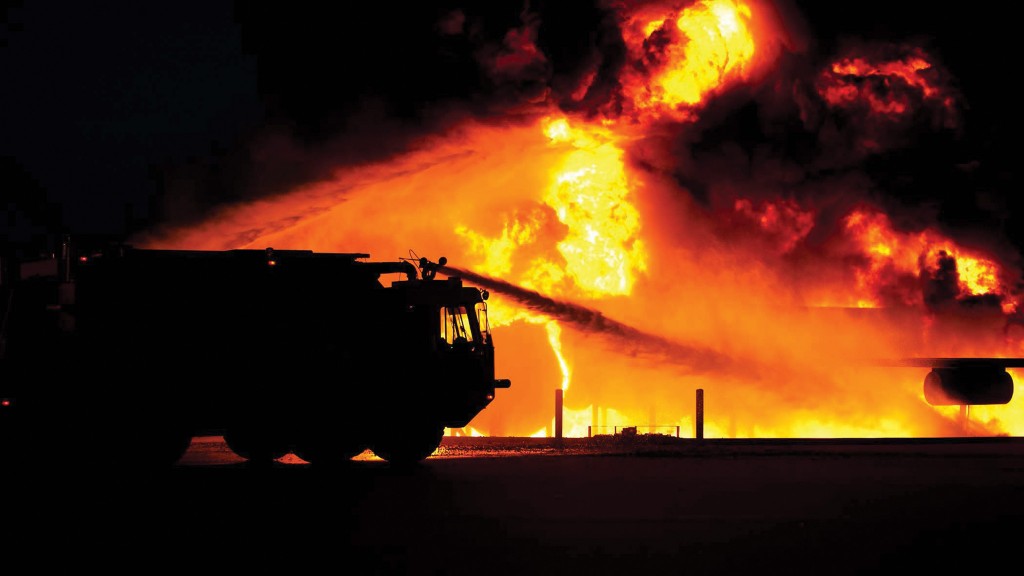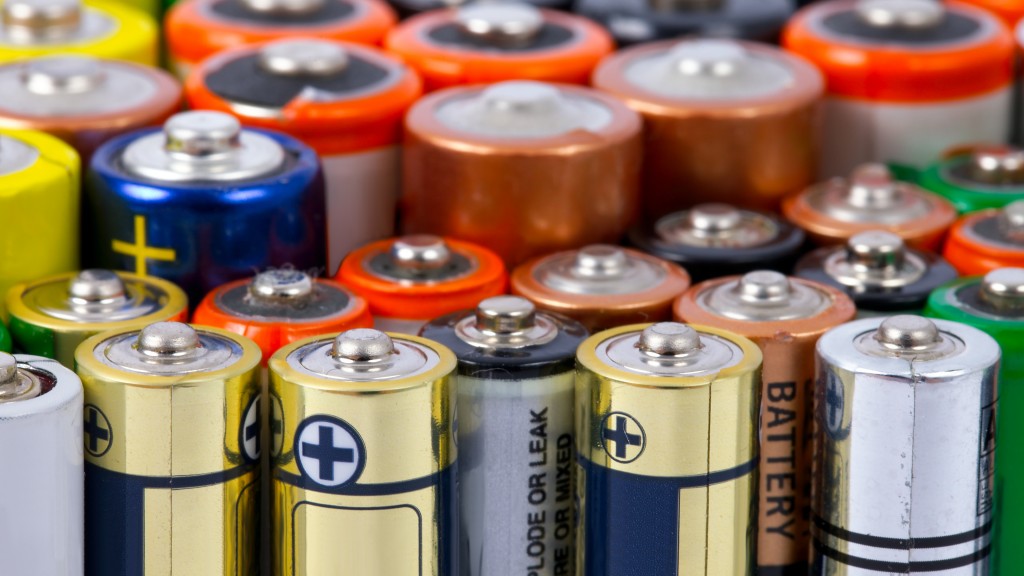A proactive approach to fire prevention
How to protect recycling and waste management processes

Waste facility fires are not a new phenomenon. In the U.K., the National Fire Chiefs Council (NFCC) reported 4,321 waste fires between 2001 and 2013. Over 76 percent of the fires occurred in regulated sites, meaning an average of 254 fires per year happened in sites where permitting regimes were in place specific to waste operations. Unfortunately, the numbers have not improved as NFCC reported 670 fires between 2019 and 2020.
The problem is similar in North America. In May 2021, Fire Rover reported that 45 waste and recycling facility fires were recorded across the U.S. and Canada during April 2021, making it the worst month ever recorded.
The proliferation of incorrectly disposed of lithium-ion batteries has exacerbated an already challenging issue. Of the fires reported by Environmental Services Association members in the U.K. between 2019 and 2020, 38 percent were reported as being caused by lithium-ion batteries. In November 2021, a fire in Wiltshire, U.K., was suspected to have been caused by lithium-ion batteries and saw 200 to 300 tonnes of residual waste burn for several days. In 2019, the German steel recyclers confederation BDSV said they were confronted by at least one fire each week, with 80 to 90 percent caused by batteries.
A perfect storm
Lee Dumford, managing director of Securus Risk Advisors, which provides specialist risk management to the global insurance market, has referred to the threat of lithium-ion battery fires as one of the inherent risks to the industry.
"The recycling insurance sector is continuing to contract in its offerings and has done so globally for many years. This is mainly due to the inherent risk of fire that the sector poses, and the poor loss histories of insurers who do not truly understand the risk management required to mitigate this. Not only is the number of fires high, but the size of the fires is more concerning. All too often, we see total building losses littering media outlets."
However, lithium-ion batteries are not the only source of these inherent risks. While strategies can be applied to risk management and the development of fire prevention plans, risk can not be eliminated entirely.
Waste processing fires
The risk of fire is present at many points throughout a waste and recycling facility. This starts in the area where waste is received when hot or hazardous materials, such as ashes, gas canisters, and aerosols, are improperly disposed of.
Fires can also result from the self-heating of material in storage areas, both pre- and post-processing. Strategies to help mitigate this risk - including separating areas with firewalls and limiting the size of storage piles - are being widely considered in the industry. However, the processing of waste is undoubtedly one of the biggest sources of risk in any recycling facility.
Central to this risk is the use of shredders, bag-openers, bale-breakers, and other similar equipment. These pose a risk through friction, sparks from metal-on-metal contact, blunt blades, and similar causes. This is in addition to the presence of hazardous materials such as gas canisters, aerosols, and lithium-ion batteries which can rupture in a shredder and cause a fire.
A 2020 study in Austria published by MDPI titled Lithium-Ion Batteries as Ignition Sources in Waste Treatment Processes - A Semi-Quantitate Risk Analysis and Assessment of Battery-Caused Waste Fires also identified shredding as the highest risk area or process within a waste facility.
There are, of course, other notable areas of risk within the process, although some of them serve only to heighten a risk created upstream. For example, trommels, air separators, and screens can pose a risk via the introduction of high levels of oxygen to waste that may already be smoldering, allowing it to fully ignite.
The heat and pressure used in dryers and pellet presses, as well as mechanical conveying systems, can create a risk of ignition if not well maintained, but also can spread the fire around a plant both via the transport of burning material and the ignition of the belt itself. Direct heat from bearings and motors can also ignite waste. Dust extraction systems present a risk of dust explosion and fire in a filter system if they draw off sparks or embers from the process which they are de-dusting.
Determining which of these risks are highest will vary from plant to plant, and each plant may have its own unique risks.
Spark and ember detection
Fire prevention systems are field-proven in harsh, hazardous environments and are increasingly being used in the waste and recycling sector. The crucial difference between these systems and sprinkler systems is that a fire prevention system does not wait until a fire has started before it acts.
Using infrared sensors to detect the kinetic energy irradiated from sparks, embers, and hot particles, the presence of ignition sources can be detected within the recycling process. Typical locations include the outfeed from conveyors, trommels, and dryers; transfer points between mechanical conveyors; and ducting in dust extraction systems.
If used correctly, these detectors can identify a single spark or ember, allowing for mitigating action to be initiated before a fire can take hold. The right technology partner and solution provider can ensure an appropriate system will be effective in a waste processing plant.
It is possible to deal with the detected sparks, embers, or hot particles with speed. Located appropriately downstream of detection devices, extinguishers can react in under 0.2 seconds to use spray or mist to mitigate against the risk posed by an ignition source. Where appropriate, extinguishers located upstream or in other areas can be triggered based on multiple thresholds programmed into the logic of the control system.
Minimize risk through design
A proper process of risk assessment throughout the design process and the operation of a waste and recycling facility is an essential part of maintaining a safe working environment and protecting the operational interests of the business.
The prevention of fire in waste and recycling plants begins with system design and continues with maintenance. As part of developing sorting and storage processes that minimize risk, it's important to use anti-slip conveyors, monitor mechanical wear on bearings, motors, and drives, and design out metal-on-metal contact wherever possible. The maintenance of electrical equipment to reduce faults causing sparks and heat is also important.
While all of these factors can reduce the risk of fire, none of them remove the risk entirely. Fires will always be present, but technology can help to mitigate the effects and deal with them quickly.
The waste and recycling sector has an ongoing global challenge to deal with the risk of fire. This is not a challenge that will go away.
"Fires within the sector will always be present," says Dumford. "It is how you proactively plan to mitigate the fire occurring and how you deal with an incident post-occurrence that is key."
Fagus GreCon develops and manufactures fire prevention solutions and measuring systems for industrial production machines to eliminate ignition sources before fires occur.
Company info
648 Griffith Rd.
Suite A
Charlotte, NC
US, 28036
Website:
fagus-grecon.com/en
Phone number:
1 704-315-2736



